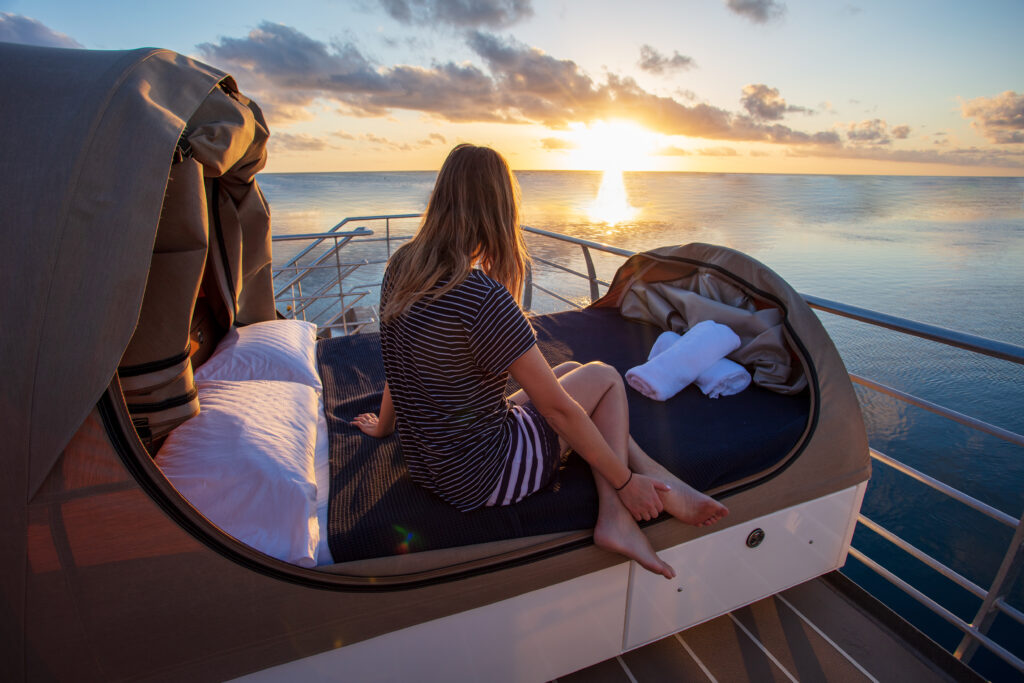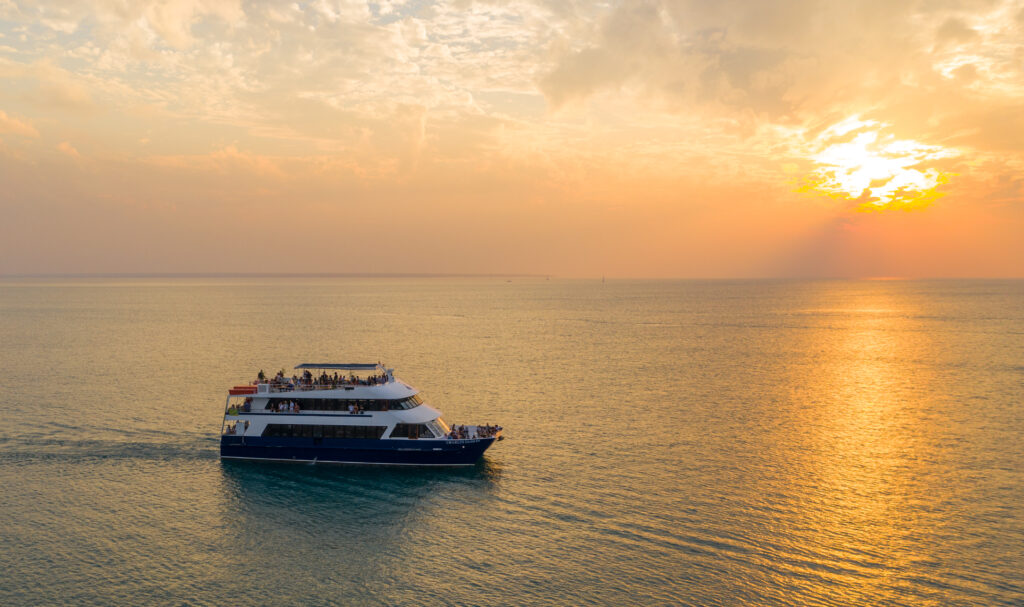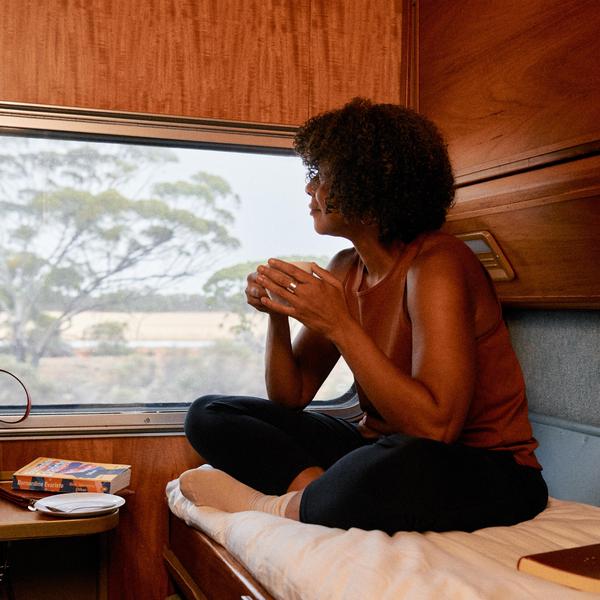British TV host, bon vivant, politician – Michael Portillo talks life, train travel and his coats of many colours.
INTERVIEW Caitlin Jones
You’re quite dapper and renowned for wearing brightly coloured trousers and blazers – do you have a favourite piece and where do you get your ensembles from?
You have to understand that for 30 years in politics, I wore a dark suit, white shirt and sober tie. All that time I was repressed and all these colours were welling up inside me! They have now burst forth in a virulent form. My favourite style is wild contrast between jacket and trouser, preferably at opposite extremes of the colour chart, such as purple and yellow. I like to tell people that I am colour blind and dress in the dark, but the real reason is that I enjoy doing the unexpected and (I hope) making people laugh. I buy opportunistically if I see something outrageous for sale on my travels, but mainly I have clothes made by Volpe in Denbigh Street in London.
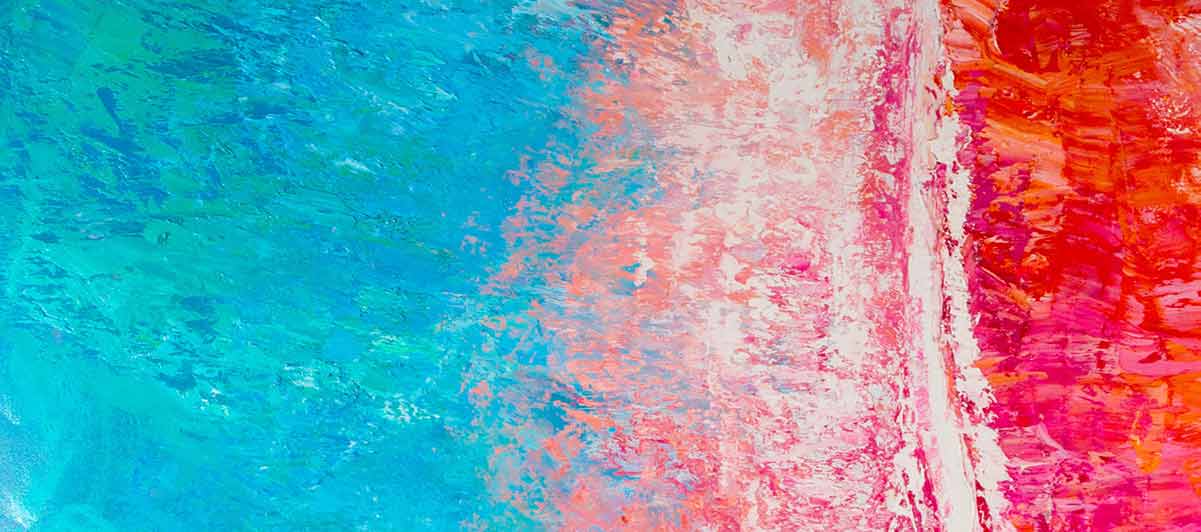
You’ve had an extensive career as a British politician and more recently in television – what are people most likely to stop you on the street for?
Nowadays, most likely for a selfie, which seems to have replaced the autograph. Most often they have seen me on a television rail journey but in the UK, plenty of people still remember me from politics, so they are as likely to ask about Brexit as about my recommendations for rail holidays. Younger people greet me, tactfully they think, saying: “My mother loves you,” or just as frequently, “My grandfather loves your program.” One young person hailed me with, “We are studying you in history.”
In 2003, you appeared in a BBC series that followed politicians as they stepped into the shoes of a member of the public. You took on the life and income of a single mother living on benefits for a week. What did this experience teach you?
The programme turned out to be funny. Jenny’s kids ran rings round me and living on a low income was a challenge. When I cracked an egg, which fell onto the filthy kitchen floor, I had to scoop it up and put it in the pan, because there was no money for another egg. My signature dish, a banana trifle, was not well received by the children, who balefully scoured the empty kitchen cupboards for snacks. When I substituted for Jenny in a supermarket job, I was given a blue and green tracksuit style uniform, with matching blue and green baseball cap, and a badge that read: “Mickey will be pleased to help you.” I don’t want to claim too much for the experience, as I lived on benefit levels only for one week, whereas the real struggle is to do that every week. I will say that I thought the system worked well for Jenny’s family, since she was encouraged to go to work and be independent, receiving top-up benefits that helped her to cope with four children. Through the television program, Jenny saw her life from the outside for a week and commented that she would not want to swap it for another. Nonetheless, she now lives in Australia!
You’ve got multiple TV series under your belt, written for The Sunday Times and are no stranger to radio. What’s your preferred medium and why?
I have gone off writing and never wanted anyway to write a book. I like both radio and television. You can say more on radio, but without a screen, people are left guessing what colours I am wearing!
You’ve previously served as the Chairman of the prestigious Man Booker Prize – what are your favourite works of fiction?
I was pleased with the winner in my year: Aravind Adiga’s The White Tiger. I am also delighted with the winner in 2018: Anna Burns’s Milkman, which is a wonderful book set amidst the Troubles in Northern Ireland in the 1970s. As chairman of the Man Booker, I was looking for a book which through its originality blows your socks off. I enjoy fiction very broadly, perhaps tending to think that Jane Austen is hard to beat!
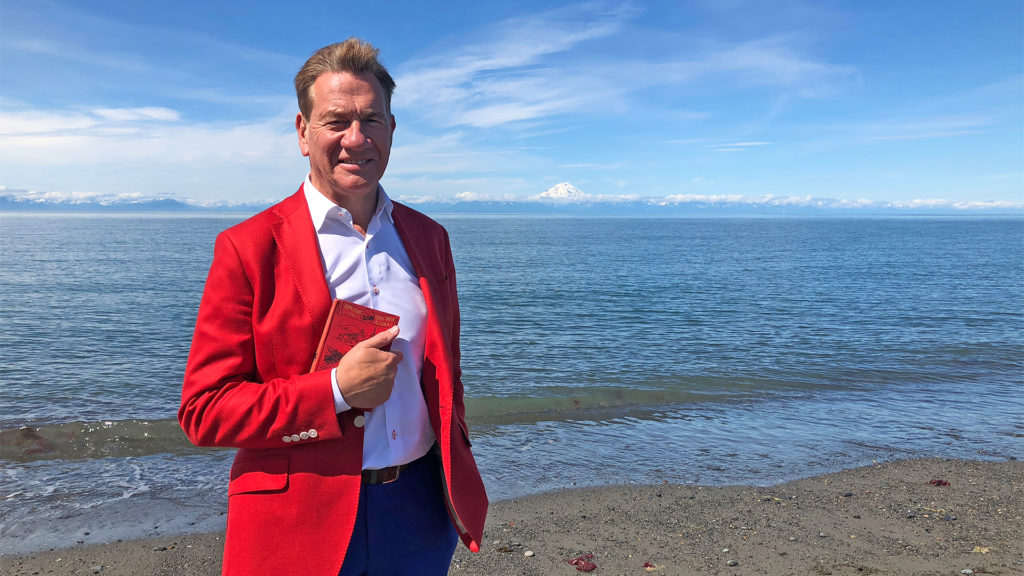
In 2009, you filmed Great British Railway Journeys, which then led to Great Continental Railway Journeys, Great American Railroad Journeys and Great Indian Railway Journeys. Did you ever think a train travel series would be so popular?
The popularity of the many series when screened in the UK and in many other countries has amazed me. But I do not regard them as train travel series. My motivator is history rather than trains, and whilst train spotters get some nourishment from the programs, really what I most talk about in the shows is history and people.
The latest addition to the Railway Journeys series is Great Australian Railway Journeys (airing in 2019).What were the highlights of crossing Australia by train?
The highlights were the two epic journeys on The Ghan and the Indian Pacific. Europeans find it hard to comprehend how big and how empty Australia is, and the train provides the best way to ram home the point. But I was in general very captivated with Australian history and I hope that Australians of every background will feel that we have attempted to tell it straight.
When filming for Great Australian Railway Journeys, you came across a group of men dressed as you on The Ghan, completely by coincidence. Were you aware yourdress sense was inspiring men on the other side of the world?
Viewers will find it difficult to believe that this was not set up in some way. It was not. The men, about my age, were on their annual college reunion and each year they have a different dress theme. I suppose that since they were to spend days on The Ghan, and given that my program is popular on SBS, it figures that they might think of dressing as ‘Michael Portillo’, but even so the coincidence that I was on the train too was amazing. We had a lively drink and I judged which of them was dressed most authentically as me.
You have Spanish and Scottish heritage – do you spend much time in either of those countries?
I spend a lot of time in Spain where my wife Carolyn and I have bought a lovely house near Seville. I have a large number of cousins in Spain and I tend to be the organiser of reunions and parties. I have no surviving close relatives in Scotland but Carolyn does, and we travel north of the border from time to time, but much less often than to sunny Andalusia.
What do you never leave the house without when you’re travelling?
Five jackets of different colours.
